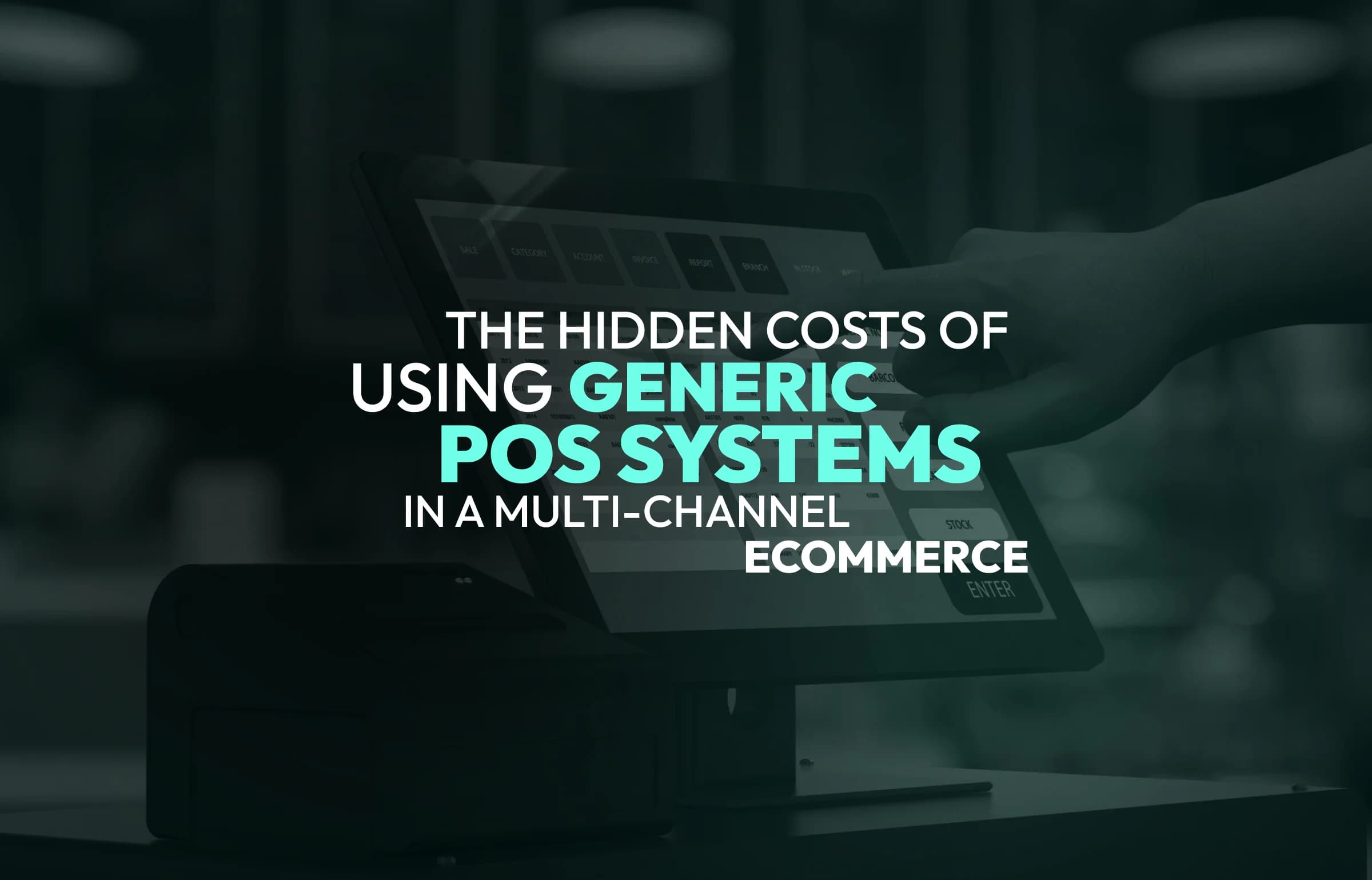
All Best Tech Stack for Blockchain Development
Updated:May 28, 202510 min read
Blockchain consists of cryptographic keys, peer-to-peer networks with shared ledgers, and means of computing to store transactions and records. However, there’s much more than that. Different frameworks, programming languages, and tools are hard to choose without the right experience. Our article covers them all.
CHAPTER #1 What is blockchain?
The concept of “blockchain” has become actively discussed in every with the growing popularity of cryptocurrency. It is believed that this technology has the potential to be a real breakthrough in the field of finance and secure databases. In simple terms, a blockchain is a chain of blocks, each of which has a timestamp, a link to the previous block, and is stored on different computers.
When researching what blockchain is, the first thing that is stressed is that the system does not have a single server, the blockchain chains are distributed among users. The use of modern encryption algorithms by any full stack blockchain development company helps protect individual records from being copied/edited by other users.
Blockchain is often associated with bitcoin, but the technology can be applied in many ways.
The concept of blockchain technology was proposed by Satoshi Nakamoto in 2008 and was first put into practice with the advent of bitcoin in 2009. Because of its origin, it is referred to as cryptocurrency transactions, but the scope of the technology is much wider.
The system works as follows:
● A primary block is created, with no record of the previous block
● Each subsequent block contains information about the “parent”, the type of transaction, and its header used to generate the next block
● Users of the system see all the number of blocks but have access only to their own
Prospects for the development of blockchain technology are associated with the active development of cloud services, including online banking, Internet directories, and systems for the identification of access to corporate websites.
CHAPTER #2 What is blockchain development?
Blockchain projects use a variety of programming languages that a novice developer will need to master. This largely depends on the choice of platform on which applications and projects will be created, as well as on the final product. The rating of the most in-demand programming languages includes C, C ++, and JavaScript.
A specialist interested in how to create a blockchain from scratch should be prepared for the fact that knowledge of C++ and quite extensive knowledge of coding and the technology itself will be required. Some experts advise focusing on C/C++ with OpenCL and Cuda. Knowledge of these languages will allow you to create mining pools and services, cryptocurrency wallets, and much more.
Smart contracts were originally conceived as a tool for the easy creation of decentralized applications. But to create them, you only need to be proficient in a certain programming language. To successfully implement applications and services based on smart contracts, first of all, knowledge of JavaScript and Python is required. It is also advised to master the Go language for smart contract programming.
Working with Ethereum smart contracts will require learning Solidity, which is the platform’s main programming language. Creating a contract from scratch, rather than from a template, will require fairly solid knowledge.
In general, any programming language that is compatible and supported in a blockchain environment would be helpful. For example, you can experiment with Node.JS or Perl.
Of course, the most used languages in blockchain are C and C++, but it is important to understand that a language is just a tool. Competent full-stack blockchain developers, who understand algorithms and architecture principles, can create projects in a distributed registry using any language.
Best frameworks for blockchain development:
CHAPTER #3 Hardhat
Why is Hardhat on this list? Simple: high-speed tests, easy integration, and good documentation. And if you like JS and its frameworks, Hardhat is easy to understand. A responsive community is always there to help, and any problems are solved in no time.
What’s in it for testing?
Ethers.js, which is one of the best smart contracting technologies in its niche. And because of some features, it’s superior in some ways to web3.js.
What else would like people to deliver full stack blockchain development services? Purity of code, speed, and perfection. The project is evolving, doing so quickly, and in favor of simplification rather than complexity.
Advantages:
● Good documentation
● An active community of developers and crypto-enthusiasts
● Extensive range of plugins and libraries
● Flexible testing environment
Use cases:
● OpenZepplin
● Aave
● Optimism
CHAPTER #4 Truffle
A framework like Truffle simply couldn’t help but make it onto our list! After all, everyone involved in the world of blockchain has heard of it at least once. Quite a few frameworks have relied on Truffle as an example to follow. Need to find developers? Not a problem – during its existence many professional blockchain developers have mastered the platform. Integration? Easy! Lots of tools have been developed that support integration with Truffle.
One of the weaknesses of the framework is its speed of execution of tests, but only when compared to some alternatives like Hardhat. Documentation is not perfect (although it is not bad) – but the framework is not the youngest, and there is an active community and FAQ, which will help a novice developer.
Advantages:
● Popularity
● Clean and organized documentation
● Supportive and large community
● Libraries like mocha, chai, and web3.js.
● Ability to access seamless smart contract integration, visual deployment, and monitoring
Use cases:
● BitGo
● ↿inch
● JPMorgan
CHAPTER #5 Brownie
Strongly inspired by Truffle, it is essentially the equivalent of Python, with some added quality-of-life changes. This project arose out of a frustration that most Python engineers have: They don’t like JavaScript. Because it’s written in Python, many of the headaches associated with working with JavaScript are eliminated, and you get this amazingly simple framework for running and deploying smart contracts.
If you ask what Browney looks like (no, not that flavored brownie, we’re talking about blockchain here), an experienced developer will immediately answer: it’s Python, which has had its eye on Truffle. Before the advent of this framework, all the Pythonists who dislike JS so much couldn’t love smart contract development.
With the advent of this “little miracle”, however, more and more experienced developers are starting to take an interest in blockchain (which is always a good thing, especially in open-source, custom blockchain development).
Many newcomers choose Brownie as their first framework and often make it their main one.
If you love Python, and writing clean and beautiful code this framework is for you.
Advantages:
● Built-in console
● Solidity and Vyper support
● Active and friendly community
CHAPTER #6 Embark
What makes this framework stand out? Firstly, the incredible number of stars on GitHub: 3.1 thousand. Yes, it’s not that easy to master, yet with some effort and insight, and incredible horizon of possibilities opens up for you. It’s not just a framework, but a full-stack blockchain platform! In addition, you can take advantage of the built-in GUI to make it easier to get to know and work with Embark.
What else can I add? Embark gives you everything you need to build, test and deploy applications. It can be recommended to anyone who likes Hardhat and Truffle but wants to integrate with a full-stack solution.
Advantages:
● Option to create client-side applications through the framework
● Testing via Web3.js
● Integration with decentralized repositories
● And large community
CHAPTER #7 Ethereum
It is impossible to ignore or overlook perhaps the most famous blockchain platform, Ethereum. In 2015, it revolutionized and became the first blockchain development platform to introduce smart contracts to the world.
In addition to smart contracts, a striking feature of the framework is the virtual machine, known as EVM. Accounts and smart contracts are handled on this virtual machine. It is through EVMs and smart contracts that decentralized applications can be created in the Ethereum ecosystem.
The contracts themselves are created by programmers using the Solidity language, which is quite popular and boasts clear and disappearing documentation.
Advantages:
● EVM
● Documentation
● Large community
● Scalability
CHAPTER #8 Quorum
Probably the most enterprise blockchain development framework among the ones we have mentioned. This blockchain framework was developed based on Ethereum to work in the financial sector (payment systems, banks, transactions, etc.) by JP Morgan.
Quorum allows the development of consortium-based tools and applications, thus leaving transactions visible only to the blockchain development team and hidden from the public.
Advantages:
● Security of transactions and contracts
● Established consensus by vote
● High efficiency
CHAPTER #9 Best tech stack for blockchain development
Ethereum
A framework that can be used to implement almost any blockchain development service using smart contracts
Solana
Solana is an advanced open-source blockchain project that aims to leverage several breakthrough technologies for the next generation of DApps. It has a maximum throughput of over 50,000 TPS and a block time of only 400 ms.
Solidity
Solidity is Ethereum’s main programming language. It is a statically typed JavaScript-style language. It is a contract-oriented, high-level programming language designed to implement smart contracts.
ERC721
ERC-721 is the token standard for non-interchangeable tokens on Ethereum. As the backbone of the ecosystem, it supports billions of dollars worth of NFT.
Web3.js
A JavaScript library that interacts with the Ethereum blockchain.
Ethers.js
The ethers.js library provides a set of tools for interacting with Ethereum nodes using JavaScript similar to web3.js.
Node.js
Node.js is a JavaScript code execution environment that is built on the Chrome V8 JavaScript engine, which allows you to translate JavaScript calls to machine code.
Nest. JS
Nest.JS is a progressive and one of the most popular Node.js frameworks for building server-side web applications
MySQL
Fast, reliable, and time-tested database management system.
Redis
is a non-relational relational database system, which stores data in the form of key-value pairs. Redis differs from relational databases in performance, flexibility, and better scalability.
OpenSea
It’s a marketplace that lets you create, sell and buy NFT tokens. As of early 2022, the platform holds the global leadership in the token market.
Alchemy
A platform that allows payments using a wide range of fiat and cryptocurrencies.
DigitalOcean Spaces
It is an object storage service compatible with Amazon S3 APIs
Summary Conclusion
The world of smart contracts, blockchain development, and blockchain development consulting is evolving by leaps and bounds. Some of the most popular tools from two years ago have become obsolete, and smart contract frameworks are no exception. It’s great to see that Truffle isn’t losing its relevance, but it’s even more heartening to see so many projects rethinking their approach to solving problems.
This article shouldn’t be construed as a rating, it’s more of a colorful synopsis, a hint for geeks, programmers, and future developers.
After all, the entire open-source community would benefit from every blockchain development services company, and individual engineers who work with smart contracts deciding on a development vector and getting started as quickly and efficiently as possible. By learning about all the tools, we can get to the point where the world becomes decentralized faster.



